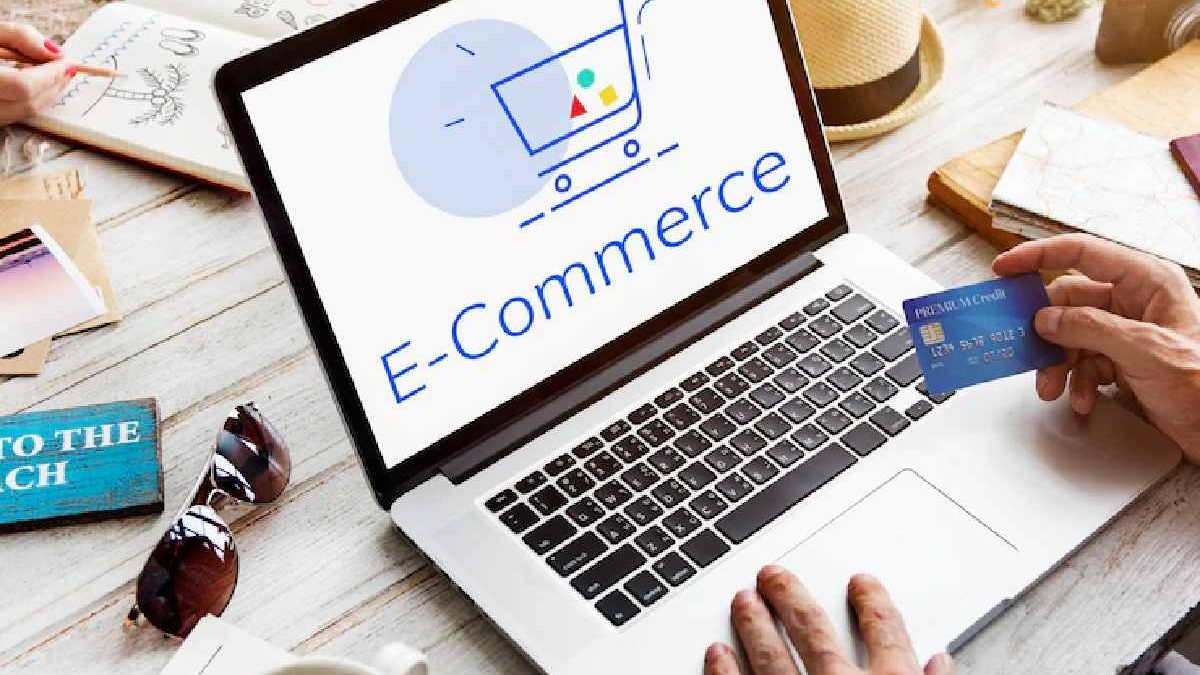As AIl Ecommerce matures, brands will start using AI and machine learning to improve the customer experience. So reducing staffing or support costs, chatbots or other machine learning programs can communicate with customers through a live chat interface. And based on your customers’ needs, chatbots provide precise questions and answers and help generate more leads for your business by directing customers to relevant pages and keeping them engaged with your business.
Table of Contents
Conversational and Voice Shopping Integrations
By 2023, voice e-commerce sales are plans to reach $19.4 billion. By integrating voice and conversational shopping technology into your business, so you can interact with your customers more efficiently and in real-time. For example, chat apps like Facebook Messenger and voice apps like Siri or Alexa can help your customers check out faster and even get product recommendations.
Change in Payment Methods
Customers want their preferred payment method to be available at checkout. Online stores that offer a wide variety of payment methods (as opposed to one or two) build trust, reduce abandoned carts and encourage customers to spend more. If you want to offer your customers a streamlined experience, then you should look into buy-now, pay-later financing options, as well as one-click payment options. Combined with your online store, all of these changes will help you retain and even attract more customers in 2022.
Video Marketing
In the world of online shopping, videos are still king! Videos can attract new customers or help a customer finalize their purchase decision. Use video on your website and social media to maximize your exposure. Ask your customers if they would provide user-generated content in the form of video testimonials. Product reviews to give you more organic visibility and trust in your industry.
Offline, Online Retail
Augmented Reality can help shape the online shopping process by giving customers a physical store experience from the comfort of their own homes. By providing your customers with more digital options to “try” your products. You can delight and entertain them and drive more conversions.
Loyalty Programs and Subscriptions
If your products aren’t worth a subscription, you may want to reevaluate your inventory to create more subscription-based products. Subscriptions allow you to continue billing customers for products or services combined with dropshipping, which can be a very lucrative business model. Also, loyalty programs that reward your frequent shoppers can entice them to spend more money at your store.
Mobile Commerce
Mobile commerce sales are targeting to double by 2025. Your business needs to provide an engaging experience for mobile shoppers to capitalize on these trends. Explore emerging technologies such as push notifications, SMS, mobile content, a mobile e-commerce app, and a mobile-friendly website.
Social Trading
Likewise, social commerce is now the norm for anyone buying products online. Customers expect you to feature all major social media platforms. We were expecting Social commerce sales to reach $79.6 billion by 2025. Therefore, it’s essential to develop a social strategy for your social commerce store. And learn how to use paid advertising to get your products in front of your audience.
Personalization
With apps like Netflix using recommendation engines, it’s clear that more than 80% of consumers want more personalization. So your eCommerce business should tailor your strategy to each buyer based on their stage in your funnel. Some technologies include personalized pop-ups, product recommendations, follow-up emails, and personalized marketinng

